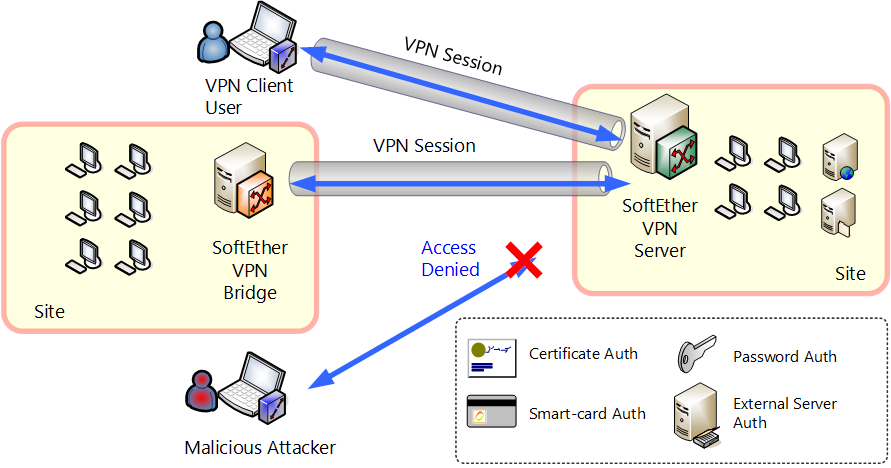

This article focuses on the Windows VPN platform clients and the features that can be configured. In Windows, the built-in plug-in and the Universal Windows Platform (UWP) VPN plug-in platform are built on top of the Windows VPN platform. The remote access server answers the call, authenticates the caller, and transfers data between the VPN client and the organization's private network. In a typical VPN deployment, a client initiates a virtual point-to-point connection to a remote access server over the Internet. A VPN client uses special TCP/IP or UDP-based protocols, called tunneling protocols, to make a virtual call to a virtual port on a VPN server.

VPNs are point-to-point connections across a private or public network, like the Internet.


 0 kommentar(er)
0 kommentar(er)
